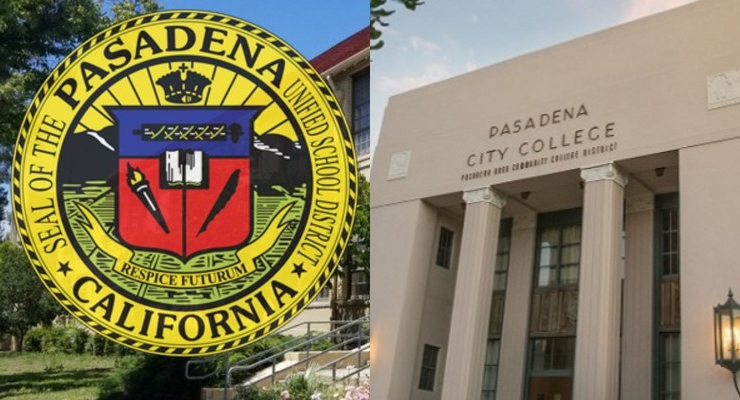
Molecular tiles in a solution self-assemble into one of three shapes—H, A, or M—based on concentrations of common tiles forming a "seed," or nucleation point, of a certain shape. [Credit: Olivier Wyart, HEADQUARTER, 2023]
In a pioneering study published in the journal Nature on January 18, researchers from Caltech, the University of Chicago, and Maynooth University in Ireland have discovered neural-network-like abilities in molecular self-assembly.
The research, led by Professor Erik Winfree, employed short DNA strands, known as “molecular tiles,” to form three different two-dimensional shapes: the letters H, A, or M.
The team introduced three trillion of these molecular tiles into a test tube, observing the self-assembly process. Remarkably, the molecules successfully formed numerous tiny H’s, A’s, and M’s without accidental hybrids, mirroring the way neurons encode multiple distinct memories.
The researchers further investigated the neural network analogy by examining the impact of varying concentrations of molecular tiles in the test tube, drawing inspiration from how the human brain processes different scents based on odor molecule concentrations.
The study identified specific molecular tiles, termed “purple” tiles, that appeared in all three shapes, along with “pink,” “green,” and “blue” tiles unique to H, A, and M, respectively. The researchers discovered that an increased concentration of co-localized purple tiles in one shape led to the nucleation of that specific shape, resembling a form of pattern recognition akin to neural network computation.
Arvind Murugan, associate professor of physics at the University of Chicago, highlighted the broader implications of the study, suggesting that if similar collective modes of nucleation exist in biological processes, it could indicate hidden information processing and decision-making capabilities in ubiquitous biological self-assembly.
The research builds on decades of work in the Winfree lab, utilizing DNA nanotechnology to investigate sophisticated theories of molecular computation. The study, funded by organizations including the National Science Foundation and the European Research Council, sheds light on the potential application of neural-network-like principles in molecular self-assembly and its implications for diverse biomolecular processes.
Constantine Evans, the study’s first author, expressed excitement about the unique capabilities of DNA nanotechnology, emphasizing its role in investigating complex theories of molecular computation on a large scale. The research represents a significant intersection of theoretical ideas and experimental realization, showcasing the interdisciplinary nature of scientific exploration.














 5 comments
5 comments


